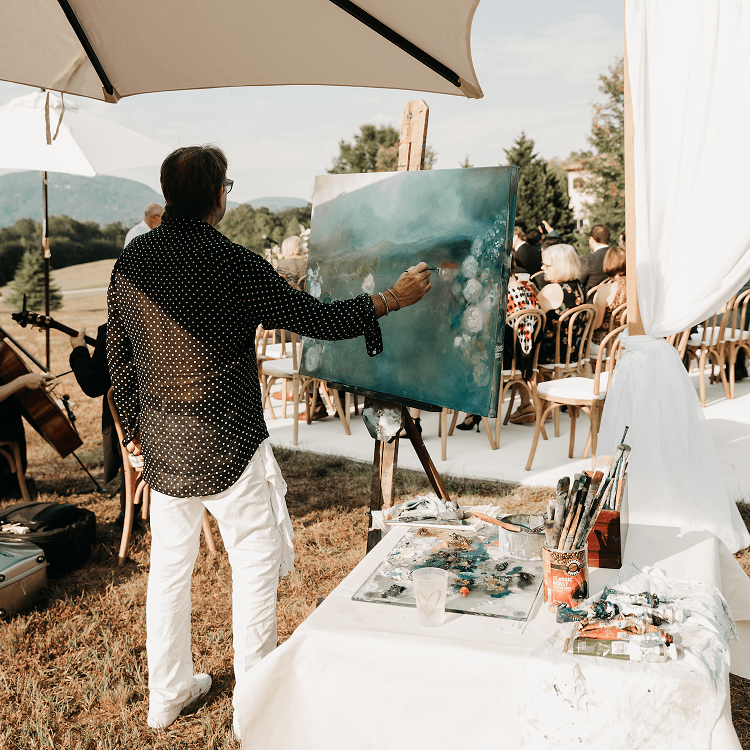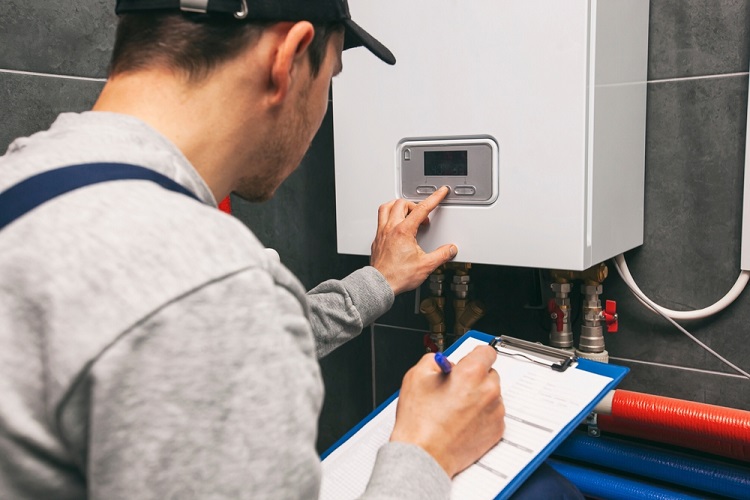
When plywood is used for exterior building projects, you have to consider a number of factors in a wood’s performance. Indeed, exterior exposure is an important consideration when assessing the durability of wood. Get detailed information about the factors which greatly impact the durability of plywood, on this website: www.rawreplaymedia.com
Some of the following criteria can impact a plywood’s integrity.
- Driving rain storms can affect a plywood, particularly if the drying out is slow.
- If the relative humidity fluctuates frequently, then a wood will also reap certain repercussions.
- Sunlight can fade or damage wood that is located on a building’s south side or on a darkly-coloured surface.
- Fungi also impacts a plywood’s performance.
- The service life of a plywood can also be negatively affected by chemical pollution.
- If an infestation is present, then the wood will undoubtedly be affected.
- Frost can also impact a plywood’s performance.
How Rain Can Ruin Plywood
When rain runs down the side of a building, the timber often absorbs the residue. That is because plywood features a good deal of end grain around its edges, which must be safeguarded. Therefore, a protectant or seal must be used if satisfactory performance is to be realised.
According to experts who sell timber supplies in Basildon, if the edging is not protected adequately, water can seep into the wood and cause stresses and abnormalities that eventually lead to splitting and separation of the veneers, including the outside bonded panels. The activity can also cause stains beneath a finish and trigger paint blistering, mould growth, and, in the end, decay.
Water Absorption Is Quicker Than Evaporation
Usually, water absorption is quicker than evaporation. This is especially true if access is localised. An example of this type of case would be the improper application of an edge-type sealant. In this instance, water may be captured for a long amount of time behind a finish that is somewhat impermeable. As a result, an increased demand is placed on the preservation or reliability of the plywood or an adhesive finish.
In addition, variances in humidity can lead to dimensional alterations in timber or plywood products. Under regular service conditions, this type of eventuality results in a need for inspection, which results from a peeling veneer emerging through a surface. This activity often interferes with the finish application, especially if it is a paint, textured coating, or varnish.
How Sunlight Can Impact a Wood Facade
When sunlight impacts plywood, it normally works in correlation with rain and will lead to a rapid change in colour. In addition, excessive exposure will cause roughness, splitting, and a loss of wood fibres. In this case, a protective seal is recommended unless the property owner does not mind the look of a weathered or bleached façade.
Also, external exposure may differ, not only in type but also in the length of time that the plywood is affected. Therefore, surface life can be classified as “normal” or “short.” When it is considered normal, it applies to uses that span several decades. Short durations relate to situations where the exposure period is gauged in months. Get detailed information about the best way to take care of and clean your plywood furniture, on this website: www.rough-draft.net
The Benefits of Electric Water Heaters
September 22, 2023Should You Buy a Stepover Apple Tree?
November 27, 2022
Leave a reply Cancel reply
You must be logged in to post a comment.
Finding Companion Care: Frequently Asked Questions
November 27, 2022Living Gifts for Loved Ones
November 27, 2022






